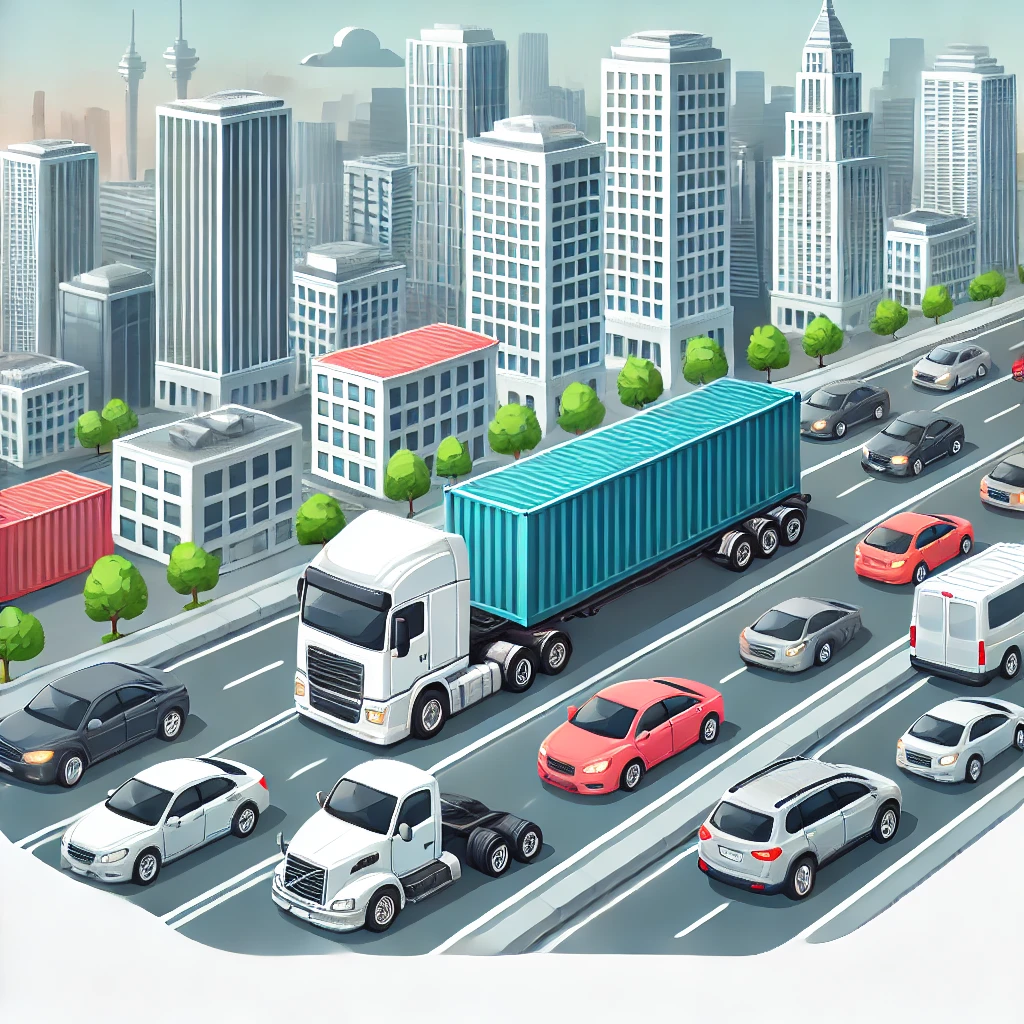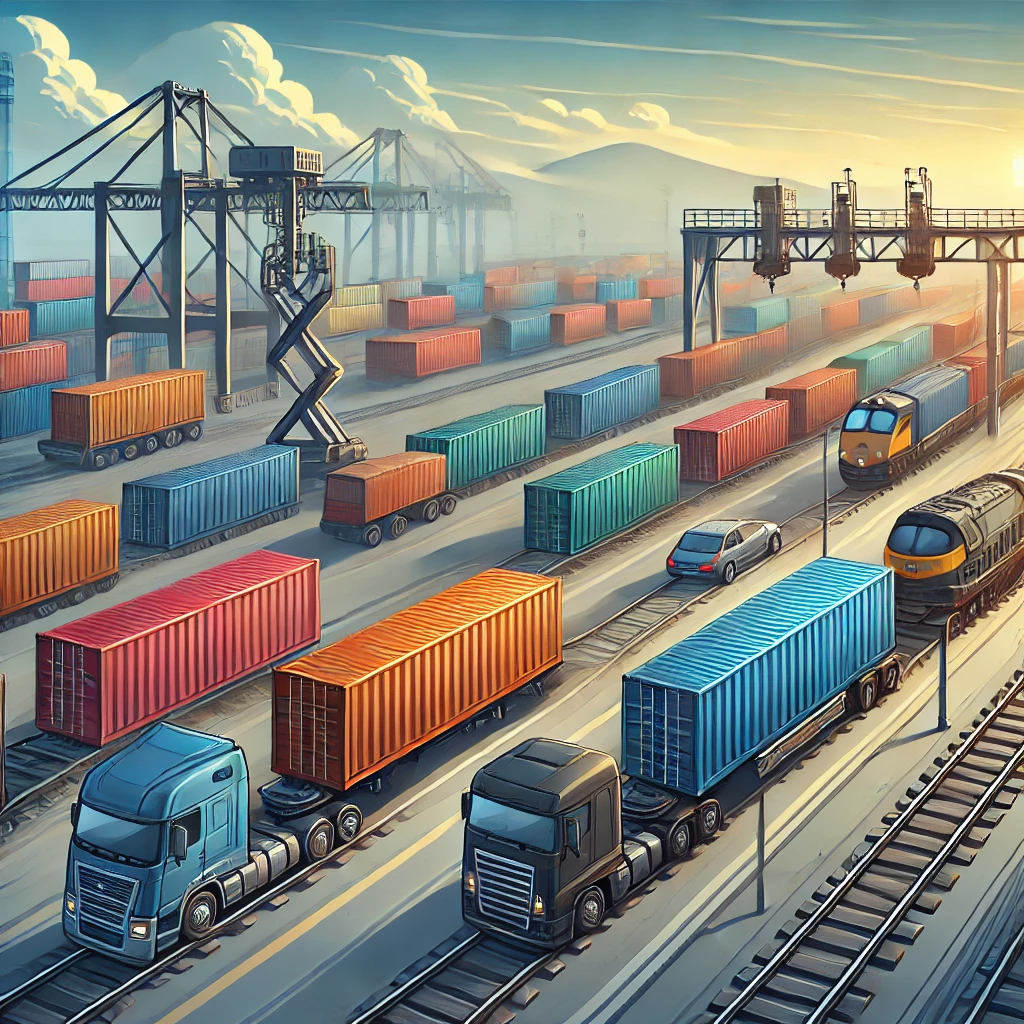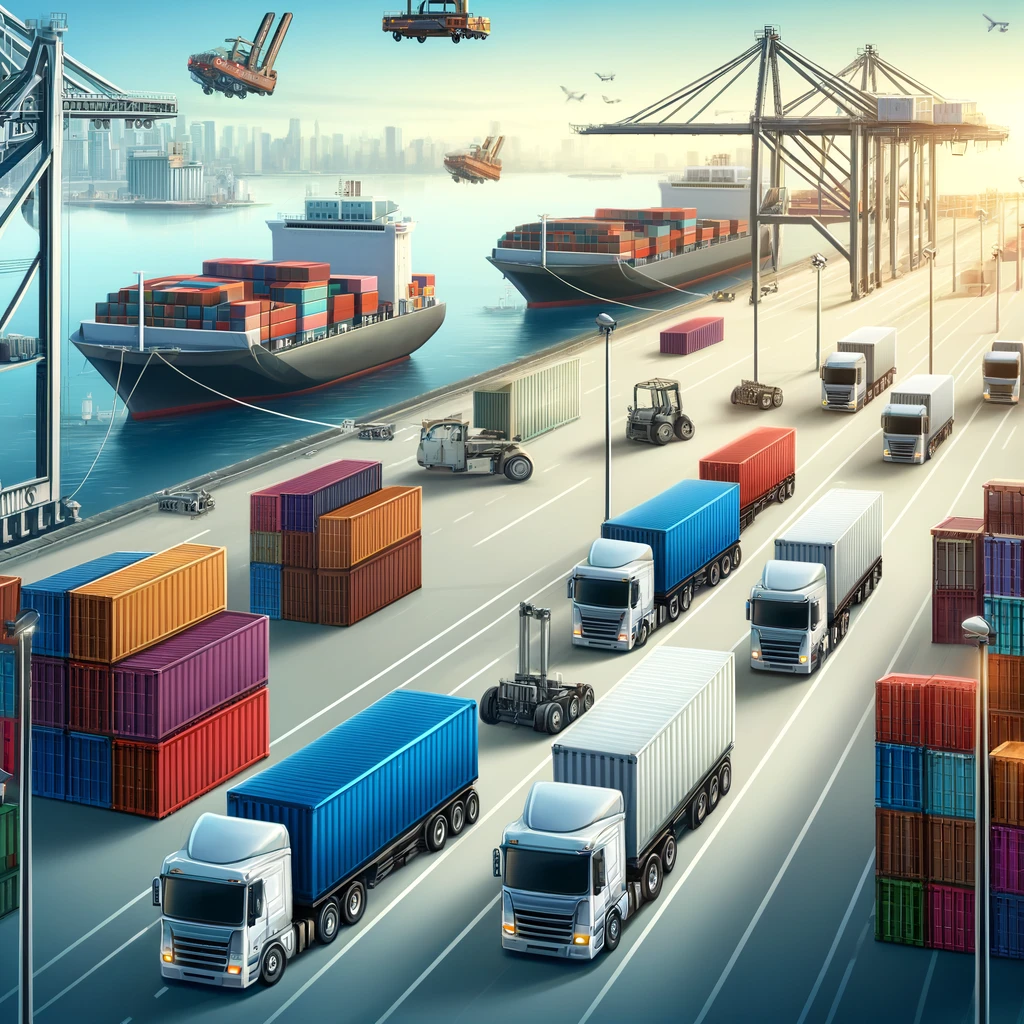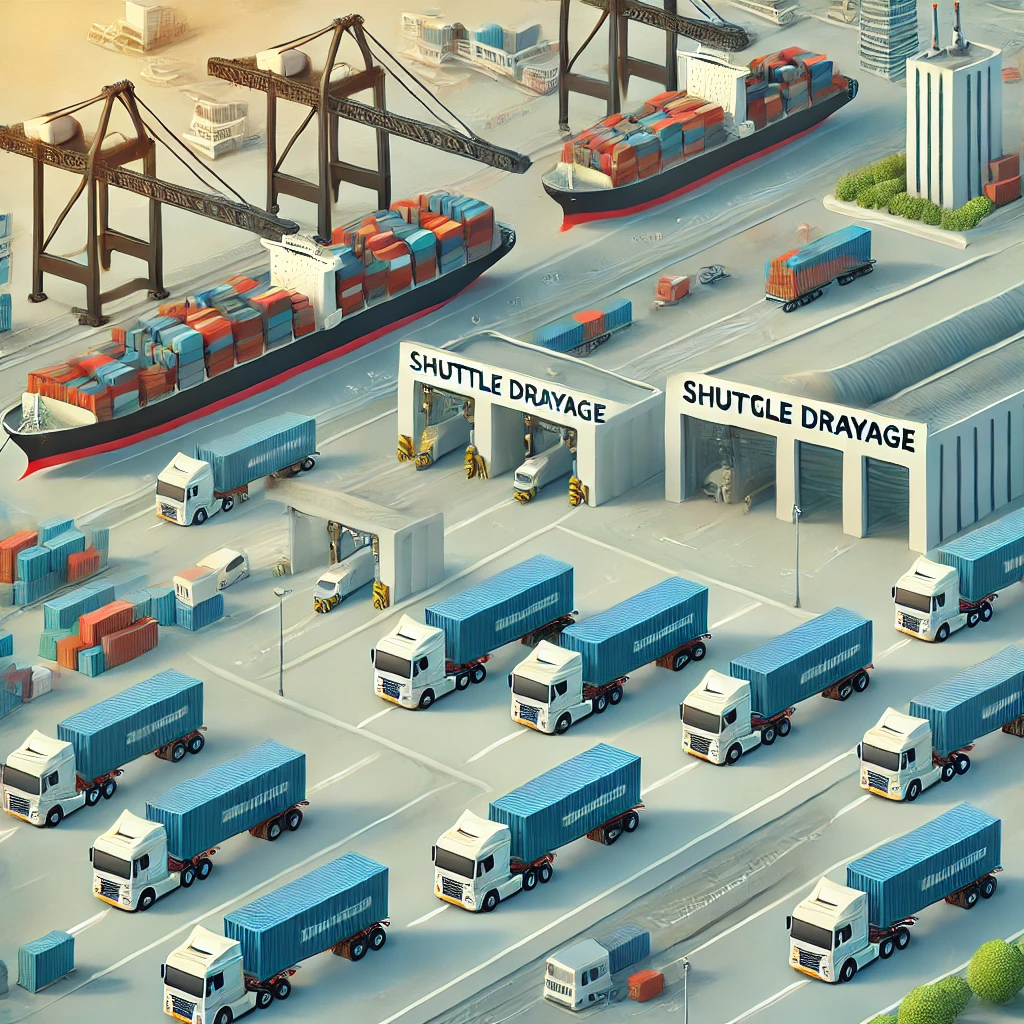What is Drayage in trucking? Understanding the Crucial Link in Supply Chains

Defining Drayage
Drayage, at its core, refers to the short-distance transportation of goods, typically as part of a longer overall move. The term originates from the past when goods were moved by horse-drawn carts called “drays.” Today, drayage most commonly involves the movement of containerized cargo over short distances, often between ports, railyards, and nearby shipping facilities.
Key Characteristics of Drayage:
- Short-distance transport: Usually within a single metropolitan area
- Intermodal connections: Often bridges the gap between different modes of transportation
- Container-focused: Primarily deals with standardized shipping containers
- Time-sensitive: Crucial for maintaining the flow of goods in the supply chain
The Importance of Drayage in Modern Logistics
Drayage might seem like a small part of the overall shipping process, but its importance cannot be overstated. Here’s why:
- Facilitates Intermodal Transportation: Drayage is the glue that holds intermodal transportation together. It ensures smooth transitions between ships, trains, and long-haul trucks.
- Reduces Congestion: By efficiently moving containers out of ports and rail yards, drayage helps prevent bottlenecks in busy transportation hubs.
- Enhances Supply Chain Flexibility: The ability to quickly move goods over short distances allows for more responsive and agile supply chains.
- Supports Just-in-Time Inventory: Efficient drayage services enable companies to maintain lean inventories by ensuring timely deliveries.
- Crucial for E-commerce: With the rise of online shopping, drayage plays a key role in getting products from distribution centers to last-mile delivery services.
Common Drayage Scenarios
To better understand drayage, let’s look at some common scenarios:
- Port Drayage: Moving containers from a port to a nearby warehouse or distribution center.
- Rail Drayage: Transporting containers between a rail yard and a customer’s facility.
- Inter-Carrier Drayage: Moving freight between the terminals of different transportation companies.
- Shuttle Drayage: Relocating containers within a single facility, such as a large port complex.
- Expedited Drayage: Urgent movements of containers to meet tight deadlines or special requirements.
Challenges in Drayage Operations
While crucial, drayage operations face several challenges:
- Traffic Congestion: Urban areas, where most drayage occurs, often suffer from heavy traffic, leading to delays.
- Port Congestion: Busy ports can experience backlogs, causing delays in container pickup and delivery.
- Equipment Availability: Ensuring the right trucks and chassis are available when needed can be challenging.
- Regulatory Compliance: Drayage operators must navigate complex regulations, including emissions standards and driver hours of service rules.
- Coordination: Efficiently managing the movement of containers across different transportation modes requires precise coordination.

Linbis: Revolutionizing Drayage with Innovative Solutions
Recognizing the critical role of drayage in modern supply chains, Linbis has developed cutting-edge solutions to address these challenges and optimize drayage operations:
- Real-time Visibility: Linbis’s platform provides real-time tracking of containers and drayage trucks, enabling better coordination and reducing delays.
- Intelligent Routing: By leveraging AI and machine learning, Linbis optimizes routes to avoid traffic congestion and minimize transit times.
- Automated Dispatching: Linbis’s system matches available drivers and equipment with drayage jobs, improving efficiency and reducing idle time.
- Predictive Analytics: By analyzing historical data and current trends, Linbis helps companies anticipate potential issues and plan accordingly.
- Digital Documentation: Linbis streamlines paperwork processes, reducing errors and speeding up container processing at ports and rail yards.
- Integration Capabilities: Linbis’s platform seamlessly integrates with other transportation management systems, ensuring smooth information flow across the supply chain.
- Compliance Management: The system helps drayage operators stay compliant with regulations by tracking driver hours, managing certifications, and monitoring emissions.

The Future of Drayage
As global trade continues to grow and supply chains become increasingly complex, the importance of efficient drayage operations will only increase. Innovations in technology, such as those offered by Linbis, are set to transform the drayage industry:
- Autonomous Vehicles: Self-driving trucks could revolutionize short-haul transportation, potentially reducing costs and improving safety.
- IoT and Sensors: Advanced tracking and monitoring capabilities will provide even greater visibility and control over container movements.
- Blockchain Technology: Secure, transparent record-keeping could streamline documentation processes and improve trust among stakeholders.
- Green Drayage: As environmental concerns grow, expect to see a shift towards electric and alternative fuel vehicles in drayage operations.
- AI-Powered Optimization: Advanced algorithms will continue to improve routing, scheduling, and overall drayage efficiency.

Conclusion
Drayage, though often overlooked, is a critical component of modern supply chains. Its efficient execution is essential for keeping goods moving smoothly between different modes of transportation. As we’ve seen, drayage operations face numerous challenges, but innovative solutions like those offered by Linbis are transforming the industry.
By leveraging cutting-edge technology, Linbis is helping companies optimize their drayage operations, reduce costs, and improve overall supply chain performance. As the logistics landscape continues to evolve, embracing these technological advancements will be key to staying competitive in the global marketplace.
Whether you’re a shipper, carrier, or logistics provider, understanding the importance of drayage and staying abreast of innovations in this field is crucial for success in today’s fast-paced, interconnected world of commerce.
